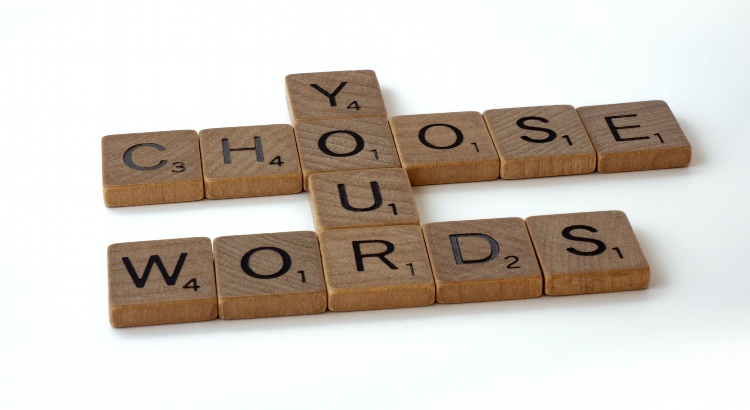Transcription vs. Translation: What’s the Real Difference?
Transcription and translation both center around language, but these terms mean different things. While people sometimes use them interchangeably, the processes and required skills set them apart. By the end of this article, you’ll understand how transcription and translation differ and why each plays a unique role.
Defining Transcription and Translation
What Is Transcription?
Transcription turns spoken words from audio or video into written text. For example, a transcriber listens to a meeting recording and types out exactly what is said. The language does not change—the content is simply moved from audio or video to a text format.
- Main goal: Represent speech as written text.
- End product: Transcript in the original language.
Learn more about transcription services.
What Is Translation?
Translation takes written text in one language and changes it into another language. A translator aims to keep the meaning and style, not just the words. For instance, idioms or jokes are adapted to make sense in the target language.
- Main goal: Make sure the target audience understands the meaning of the original text.
- End product: Text in a new language, often adapted for cultural context.
Discover text translation services for your projects.
Key Differences Between Transcription and Translation
1. Language Skills Required
- Transcriptionists need to know how to understand spoken content in one language.
- Translators need strong skills in both the source and target languages, often at a near-native level.
Translation demands a deeper understanding because the translator must ensure accuracy in both meaning and tone (2021, Statista).
2. Listening vs. Reading Skills
- Transcriptionists must be excellent listeners who catch every word—even in poor audio quality.
- Translators must be strong readers and writers, focusing on comprehension and clear expression in the target language.
Fields like automated transcription help transcribers handle difficult audio, but human skill is still vital.
3. Time and Complexity
- Transcription is usually faster, as it involves typing out exactly what is heard.
- Translation takes longer because it requires thinking about wording, culture, and sometimes researching terms or references.
On average, translation projects take 50% more time than transcription projects of the same length, according to industry benchmarks (2022, CSA Research).
4. Accuracy Demands
- Transcripts must match the source audio word-for-word. Slight errors can lead to big problems, especially in legal and medical fields.
- Translations focus on the message and meaning. A perfect word-for-word translation is often less important than clarity and cultural fit.
Medical transcripts and court transcripts use proofreading services to ensure absolute accuracy.
5. Fluency and Expertise
- Transcribers do not need to be fluent speakers, but they must understand slang, accents, and context.
- Translators might specialize in specific areas like law, science, or literature to ensure high-quality translations.
6. Job Market and Profitability
- Globalization boosts demand for translation—more companies want to reach wider audiences (2023, Nimdzi Insights).
- Translation typically pays more than transcription because it is more complex and in demand.
- Compare transcription pricing with captioning services pricing for more details.
7. Use of Technology
- Transcription technology continues to grow, with tools like AI transcription subscriptions.
- Translation tools also help, but human translators remain crucial for natural-sounding, accurate text.
Where Transcription and Translation Overlap
- Both services help make information accessible to more people.
- Transcribers and translators can work remotely, making them popular freelance careers.
- Many professionals in these fields hold university degrees in languages, linguistics, or literature.
- Businesses, researchers, and content creators rely on both to reach new audiences and meet legal requirements.
Examples of Combined Services
-
A company needs English subtitles for a video in Spanish. First, a transcriber creates a Spanish transcript. Then, a translator creates the English subtitles.
-
Subtitling services often require both transcription and translation steps to ensure clarity for viewers worldwide.
For companies needing both, audio translation services offer a streamlined solution.
Working Together for Greater Impact
Transcription and translation work together to expand the reach of content. For example:
- A researcher records a lecture in German. The audio is transcribed to German text, then translated to English for global sharing.
- Businesses transcribe meetings, then translate minutes or summaries for international teams.
- Creators add closed captions in multiple languages to make videos accessible to all.
Why Human Expertise Still Matters
Automated tools for transcription and translation are more common today, but they fall short in accuracy. Only skilled professionals can handle complex content, slang, and cultural references with care (2024, Common Sense Advisory).
Platforms like GoTranscript offer both transcription and translation services delivered by experienced humans—not just machines.
Conclusion: Get the Right Help for Your Needs
Transcription turns audio or video into written text in the same language, while translation converts written content from one language to another. Both services play crucial roles in education, business, research, and media.
- Want to transcribe a recording? Order transcription online.
- Need subtitles or captions in another language? Order captions or choose from full subtitling options.
For reliable, accurate, and professional solutions, GoTranscript offers expert transcription and translation services to help you reach audiences worldwide.



















 Verified Order
Verified Order